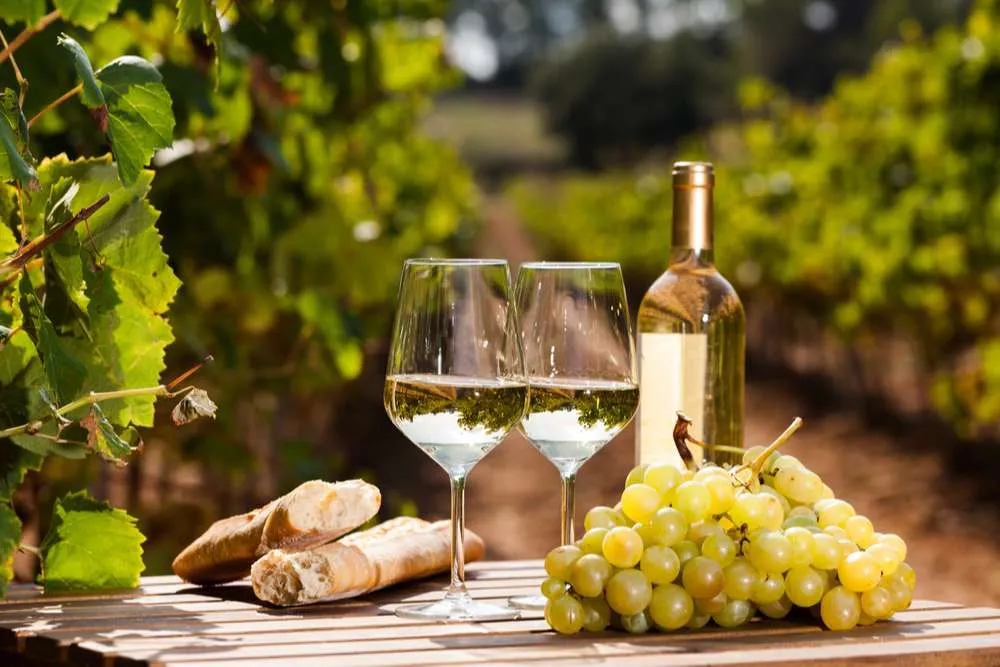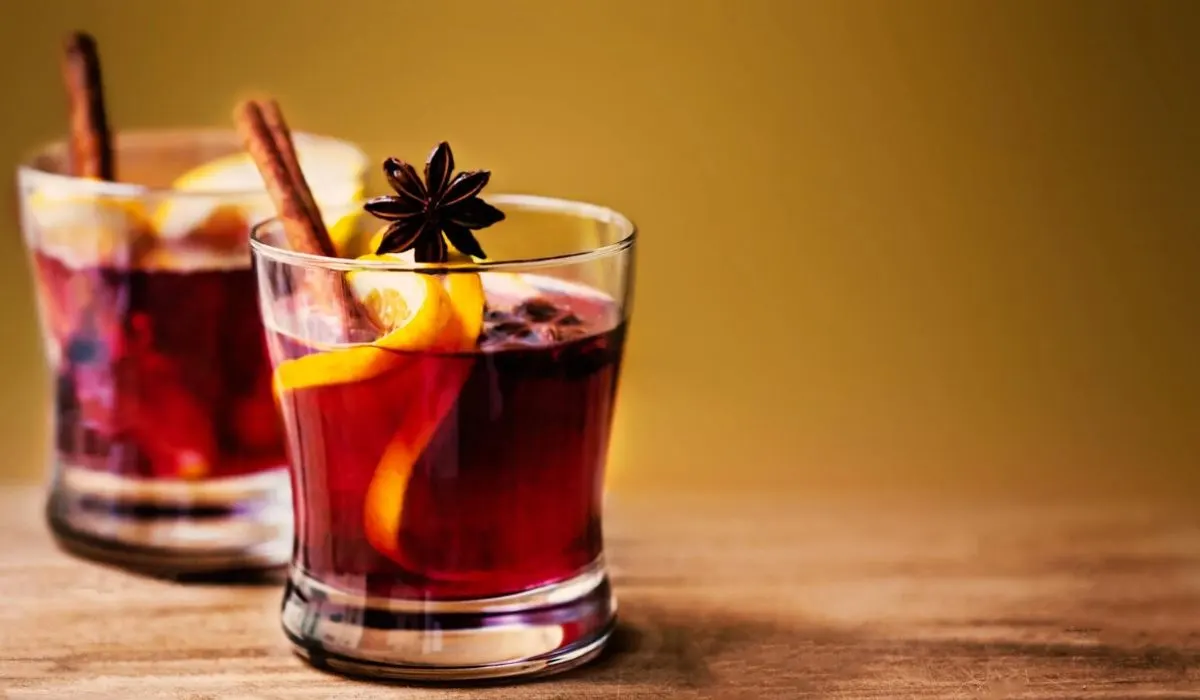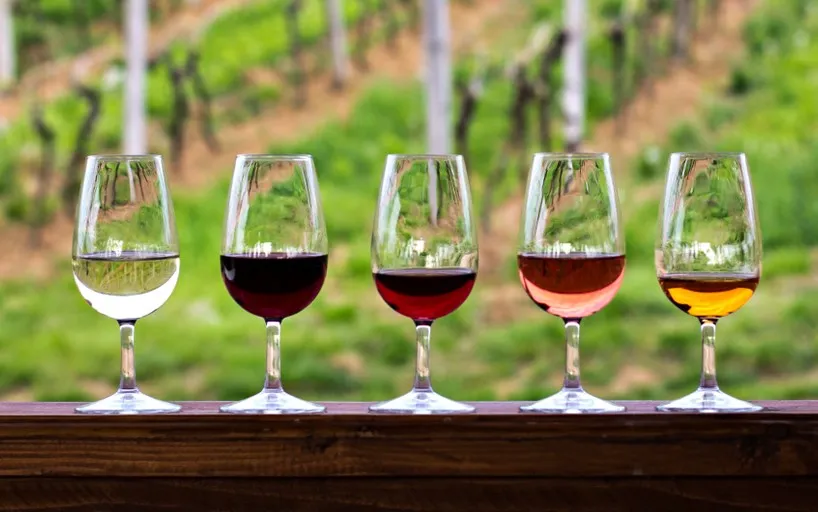#blackraisinswine #raisinewinemakingathome #grapewine #grapewinerecipeinmalayalam #authenticwinemakingrecipeathome #raisinswine #grapewinemakingathome #grapewine #authenticwine #redwine #easywinemaking #veenju #veenj
This is a is a perfect recipe, which can follow very easily. I always follow this method. We can also use fresh grapes if we want.no worries.
Here I give you ingredients and it’s measurement
Ingredients
——————-
Raisins/ Fresh grapes- 1 kg
Rock sugar/ kalkandam_ 1 kg
Yeast – 5 to 7 GM’s
Lime/ musambi/ orange- 1
Water – 1600 to 200 ml
Raisin wine/ grape wine Making process is in the video with English subtitles.
History
—————–
Wine has been a popular beverage of mankind for thousands of years. Our natural fondness of this drink stems from the wonderful taste, its nutritious properties and not least its psychotropic (intoxicating) effects.
Out of all alcoholic drinks, none has had such an impact on society.
T Making wine from various fruits is essentially the same as that of grapes, except sugar is added to help the fermentation..
There was then a second pressing of the wine in an oblong linen slough.
grades of wine.
————————–
1.
First Wine Must: This came from the treading and was about 2/3 of the juice
2.
Second Run Must: This came from the additional pressing.
3.
These 3 grades could be mixed to make different kinds of wine (e.g. red, white, dry or sweet). These 3 different grades of wine were then left in a trough to ferment.
Fermentation is the converting of sugar from the grapes into alcohol. During this process the yeast releases enzymes that bind and react with the sugar to make alcohol (ethanol). The amount of alcohol obviously depends on the amount of sugar.
The maximum percentage of alcohol the yeast can survive in is roughly 15%. Any sugar left over will add sweetness to the drink. To achieve a drink with a light consistency, it would be fermented for only a short while (a few days). Whereas if you want a heavy final product it would be fermented for a long time (several weeks), as well as being heated as this speeds up the conversion of sugar.
To add color and bitterness to the wine, the seeds, stalks and stems may have been left in the must. This means that to make a red wine, the colour would not have been just down to the grape’s colour. The composites of the grape vine were included in the must. The rather gritty wine would then be filtered through linen to dispose of the stalks and other solids. The wine was then bottled and sealed with mud and reeds. The wine would be sealed a few days before it turned to vinegar.
At this time, wine was almost exclusively for royalty and served only at special occasions like festivals. However, it also had medical uses like sedating women during childbirth and as an antiseptic.
When sealing their wine, Egyptians would make an impression in the wax. These were the equivalent to the wine maker’s labels we have today.
Red wine contains powerful antioxidants, and many sources claim that drinking it has health benefits. What does the research say?
Red wine has been part of social, religious, and cultural events for hundreds of years. Medieval monasteries believed that their monks lived longer partly because of their regular, moderate drinking of wine
Benefits
—————
Red wine contains powerful antioxidants, and many sources claim that drinking it has health benefits.
Researchers have studied wine — especially red wine — extensively for its possible health benefits.
Health benefits
————————
Moderate consumption of red wine may have benefits for cardiovascular health.
Red wine has been part of social, religious, and cultural events for hundreds of years. Medieval monasteries believed that their monks lived longer partly because of their regular, moderate drinking of wine.
In recent years, science has indicated that there could be truth in these claims.
According to a 2018 study, although notably there are no official recommendations around these benefits, drinking red wine in moderation has positive links with:
cardiovascular disease
atherosclerosis
hypertension
certain types of cancer
type 2 diabetes
neurological disorders
metabolic syndrome
How might red wine improve health?
Red wine may get its health benefits from its antioxidant, anti-inflammatory, and lipid-regulating effects.
Red wine — made from crushed dark grapes — is a relatively rich source of resveratrol, a natural antioxidant in the skin of grapes.
Antioxidants reduce oxidative stress in the body. Oxidative stress has clear links with many diseases, including cancers and heart disease.
People may need to drink a lot of red wine to get enough resveratrol to have an effect, which could do more harm than good.
That said, when choosing between alcoholic beverages, red wine may be more healthful than some others.
















